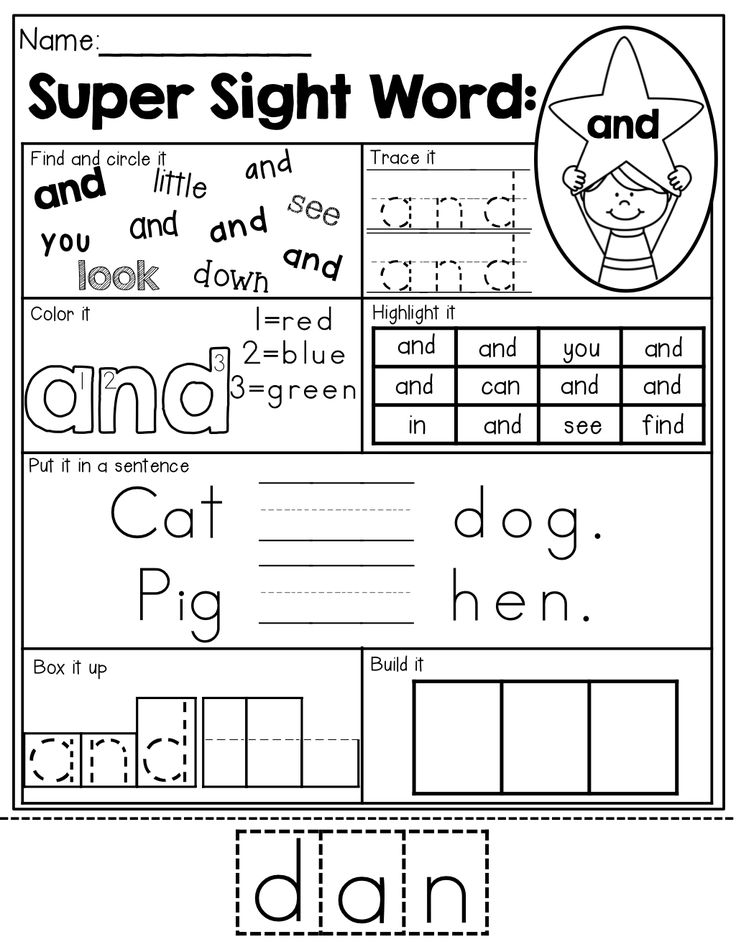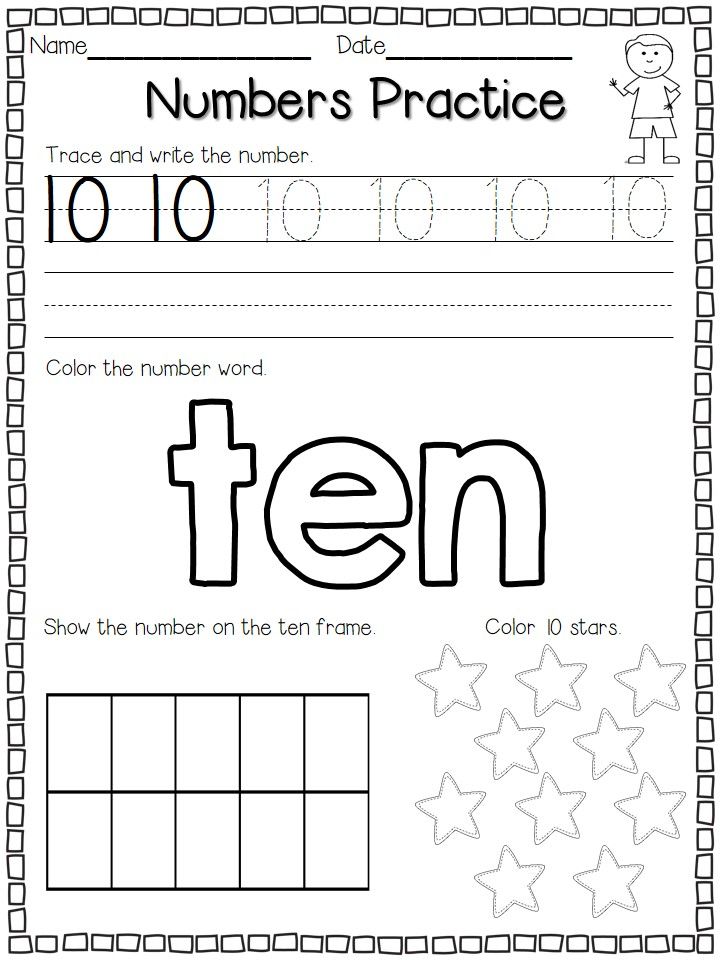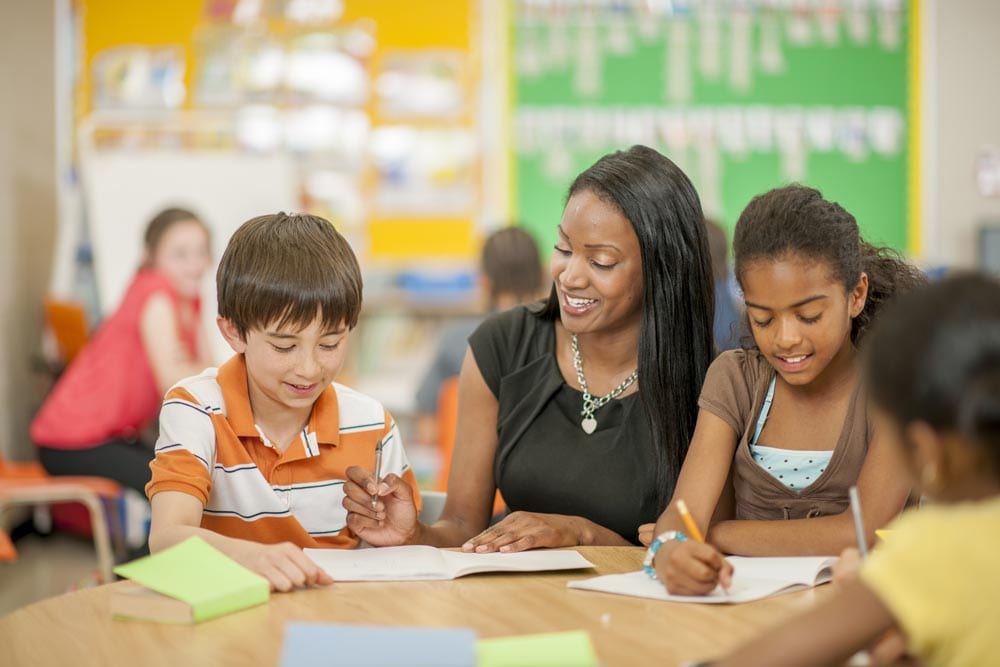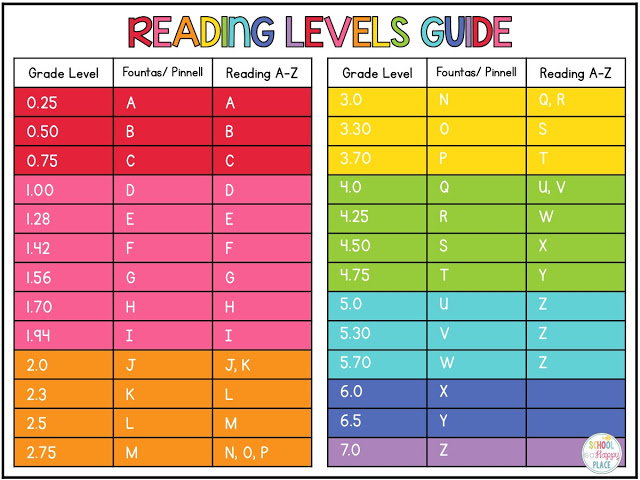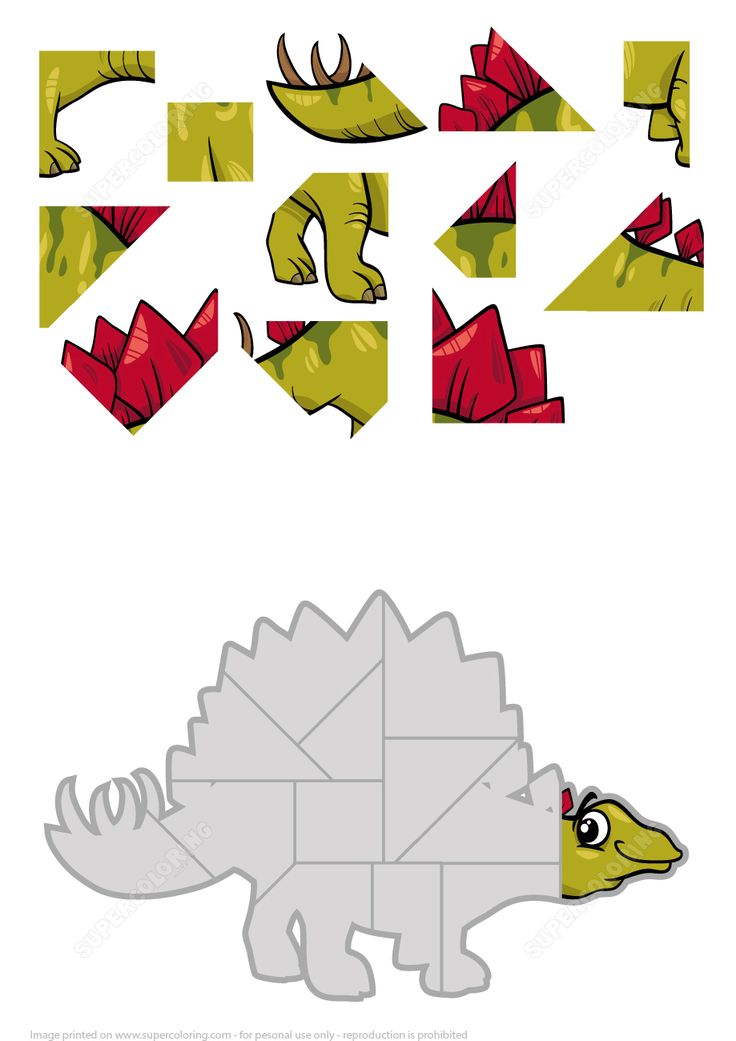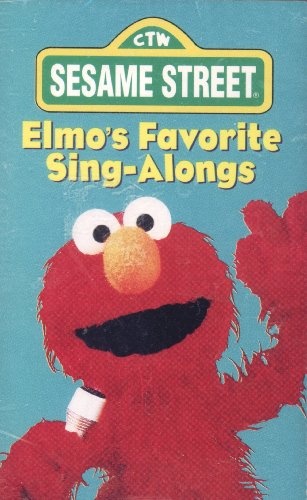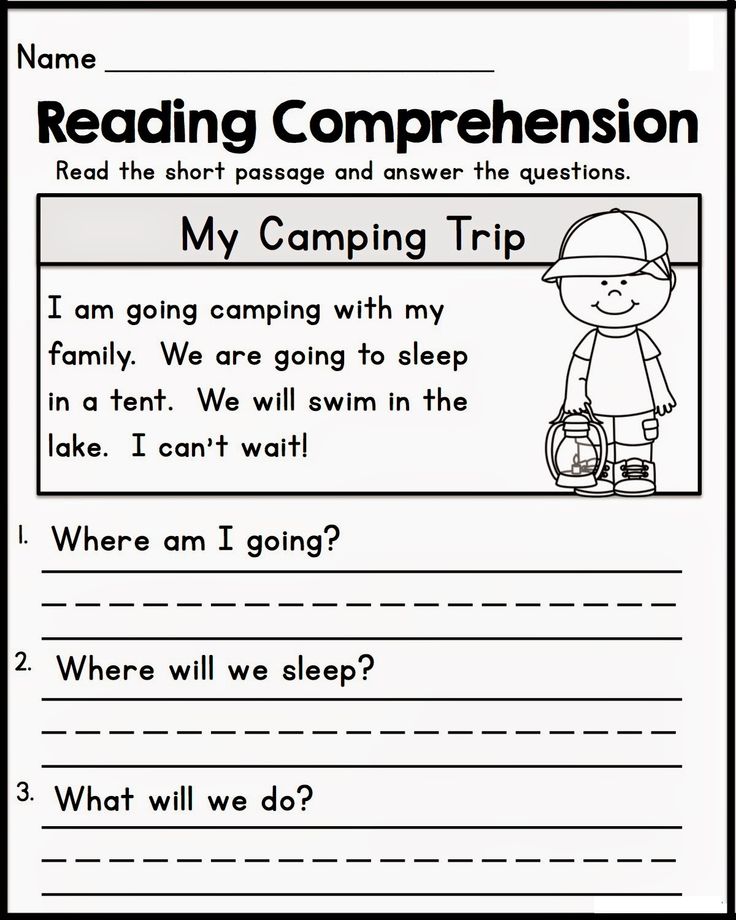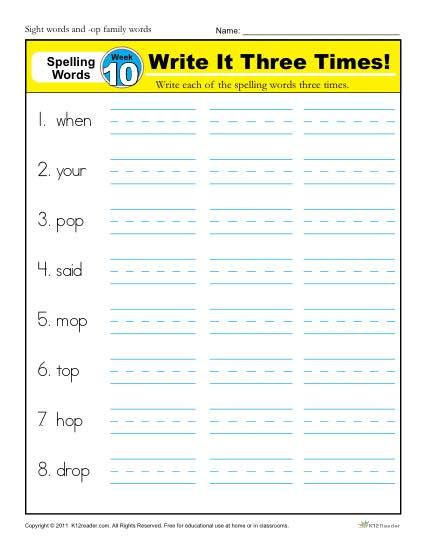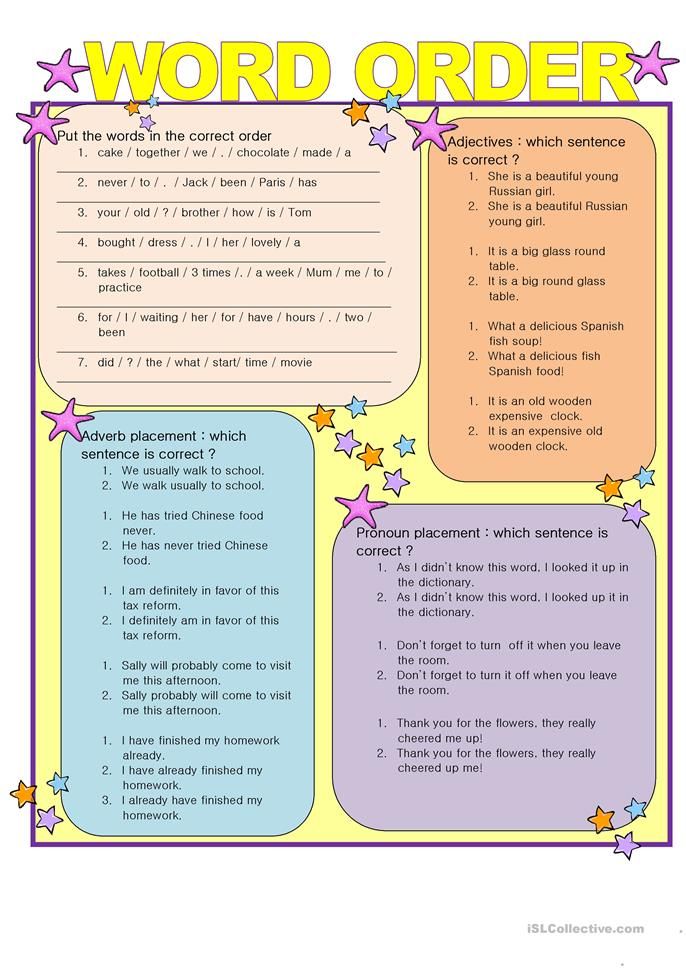Sight word practice games
20 Sight Word Games, Activities, and Reading Ideas
If your child is learning to read, then you know that sight words are high-frequency words common in most text, words like the, and, they, or she. Knowing these words at a glance makes reading easier. Here you’ll find sight word games, apps, multi-sensory activities, and reading ideas. I recommend trying multiple approaches to engage your child’s different modalities of learning these words.
Also, it’s important to note that schools generally use either the Dolch or the Fry Sight Word lists. The lists are slightly different so make sure you know which one to use.
GAMESGames bring an element of fun and playfulness to learning. Since many of these games ask for sight word playing cards, make your own using index cards or download free printable cards here for the Dolch list and here for the Fry list.
Memory
Make your own card deck with two of each sight word. Shuffle. Place the cards face down in rows. When it’s your turn, turn over two cards and try to get a matching pair. If you don’t have a match, turn the cards back over. The winner is the player with the most pairs. (See example on Frogs, Snails and Puppy Dog Tails.)
Bingo
Download premade bingo cards grouped by levels of sight words here. Or, make your own bingo cards with the specific group of words your child is learning.
Scavenger Hunt
Make a list of sight words and a corresponding sticky note for each word on the list. Have your child find the sticky note somewhere in your house and match the word with the corresponding word on the master list.
Go Fish
We played this game a lot when my youngest learned her words. Make a set of sight word pairs (or make four like the original game) for each word. You’ll probably want at least 30 cards. Deal out five cards to each player. Play using the Go Fish rules — either looking for two or four cards to make a set.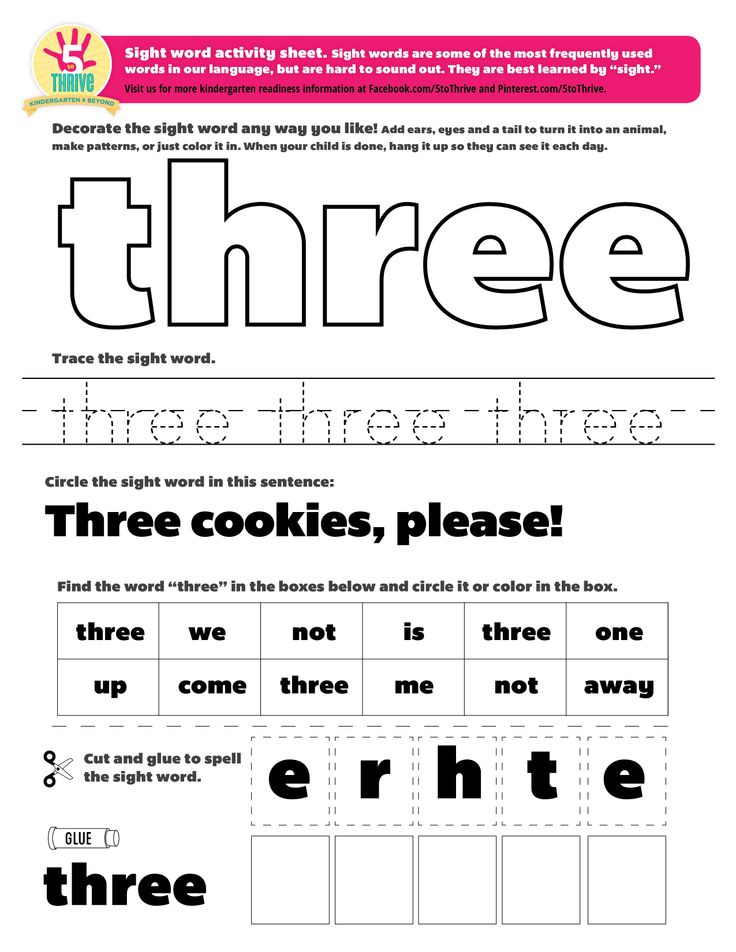
Ukloo
We love this store-bought treasure hunt because it helps kids practice reading sight words. The game clues come in three levels, each has clues written primarily with sight words. We made it inexpensive by finding the silliest “treasures” we could find such as a gum wrapper or paper clip.
Zingo!
Kids won’t even care they’re practicing sight words because this Bingo game makes practice such a blast.
Technology often motivates kids to learn, which is why sight word apps can be a helpful tool. Try these learning apps and see which one your child enjoys most.
Bob Books Reading Magic Sight Words
Read the highlighted word in a sentence and practice writing by dragging the letters to the spaces at the bottom.
Gappy Learns Reading
Fill in the missing letter or letters to make bridges for the rabbit to cross and get home. Includes both three letter words and sight words.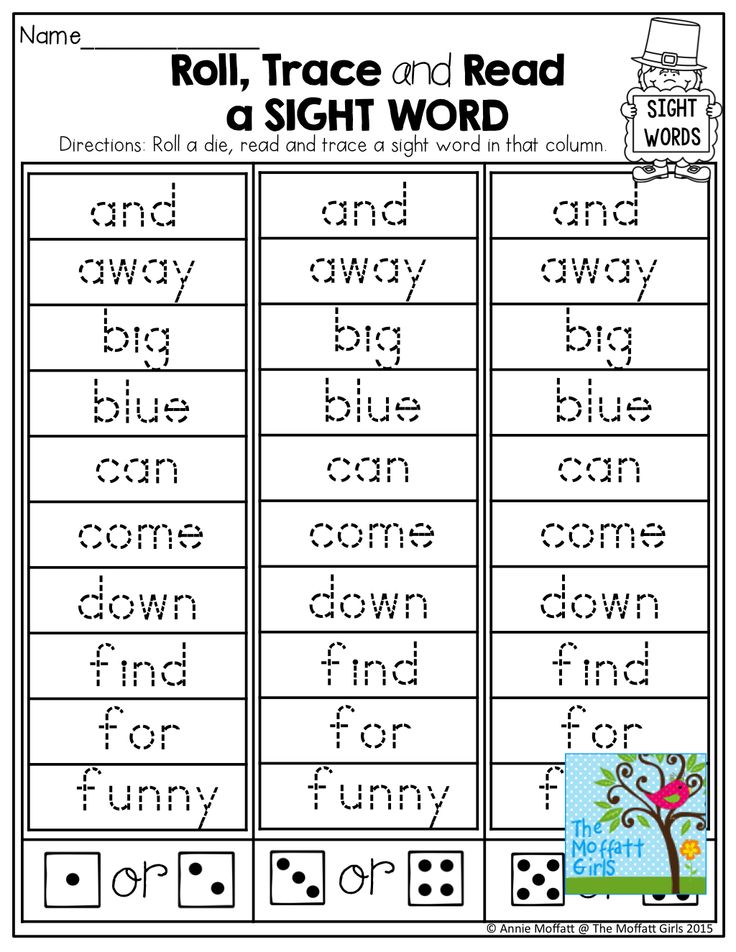
The Sight Word Adventure
Play 10 fun games such as whack-a-mole, letter scramble, and hide-and-seek to practice 320 sight words at five levels.
Sight Word Games
With a section for learning and one for playing games, this new app from This Reading Mama gives kids more ways to practice their words, including Hangman and Bingo.
Sight Word Bingo
My kids loved the cute monsters in this entertaining Bingo game that uses the Dolch words.
We have many senses other than our visual and auditory senses that can be engaged for optimum learning. These activities add in movement and touch.
Chants
With these chants, your child will work to learn the words while moving and acting like an animal.
Play Dough Mats
Using play dough and a sight word mat, make the letters of each sight word. Then write the words below.
Magnet Letters
Make your sight words on a magnetic surface using magnetic letters.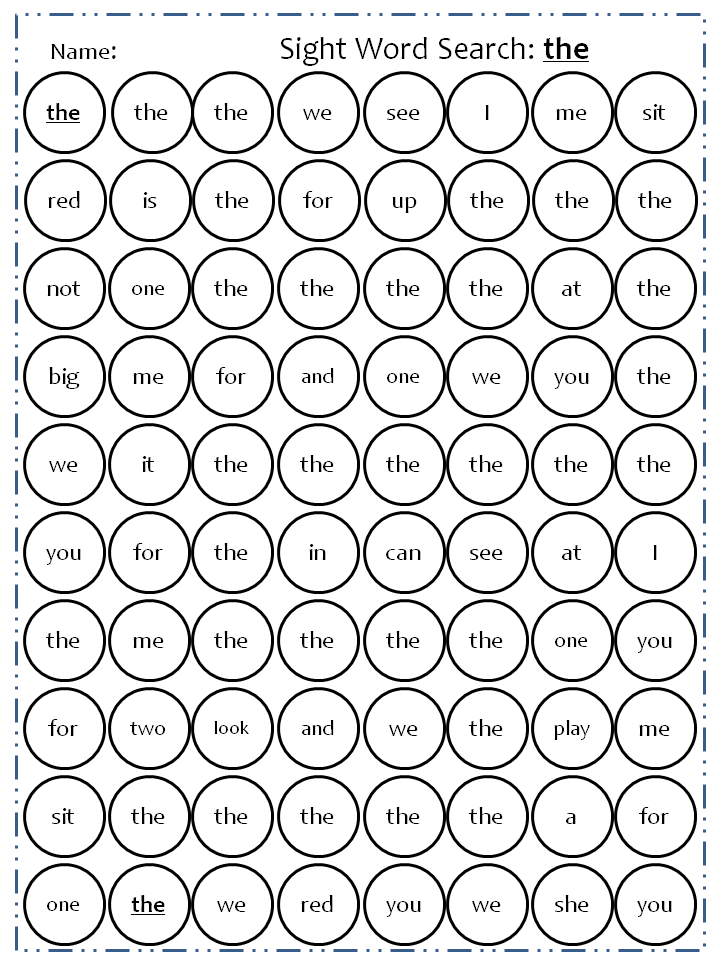
Wikki Stix or Pipe Cleaners
Build your sight words using Wikki Stix or pipe cleaners.
Beads
Practice your words by threading letter beads onto pipe cleaners to make each one.
Flash Cards
You’ll want a list of the words your child needs to learn so that you can make your own flash cards or buy them. Then tackle a few each day. When your child has learned a word, post it on a wall to celebrate. Soon you’ll have a wall filled with words they can read!
Bob Books
Bob Books are short leveled books that help children learn a few words at a time, practice those words in the books, and then move on to reading more. We found them to be a very helpful resource.
Sentence Cards
These are printable cards with a sight word and the sight word used in a short sentence. They don’t just increase a child’s sight word bank, they also improve reading skills too.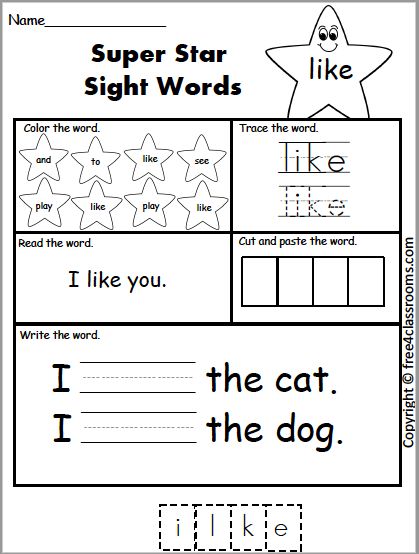
Printable Leveled Booklets
These are short, printable books that you can download for free or for a small price that are text controlled. In other words, you can choose the appropriate reading level with what specific sight words your child needs to learn.
Have other tips for how to help kids learn sight words? Share in the comments below.
Sight Words Go Fish | Sight Words: Teach Your Child to Read
- Overview
- Materials
- Activity
- Confidence Builder
- Assessment
- Printable Go Fish Cards
- Questions and Answers
Sight Words Go Fish is a vocabulary-themed variation of the classic Go Fish card game, for 2-4 players. Introducing this game is easiest when the children already have experience playing the traditional Go Fish game, because they will already understand the game dynamics and can focus their attention on the reading aspect.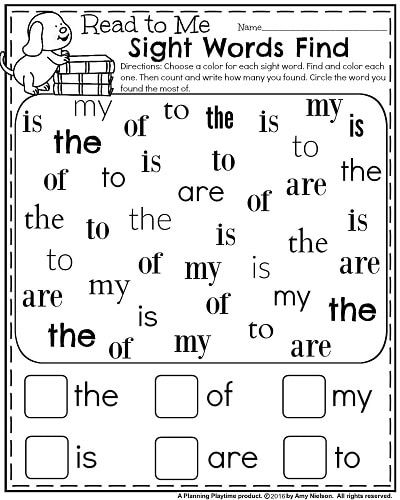 This is of particular importance for younger children, who can get overwhelmed with having to learn a new game and new words at the same time.
This is of particular importance for younger children, who can get overwhelmed with having to learn a new game and new words at the same time.
The goal is to collect more pairs of matching cards than anyone else. Children must read the sight word on the card they wish to play and be able to read the words that are requested by other players. It is another fun way to give children extensive exposure to a variety of sight words.
Image: Sight Words Go Fish
↑ Top
For Sight Words Go Fish, you will make and use a set of cards with various word pairs. The number of pairs depends on how many words you select when creating the cards. You can also remove some pairs from your deck of cards to make it a more manageable size.
Use our Go Fish Card Generator to create a set of cards and print them out, preferably on heavy-duty cardstock paper. You will want to use a mix of newer words that the children have not yet mastered and familiar words that could use some review.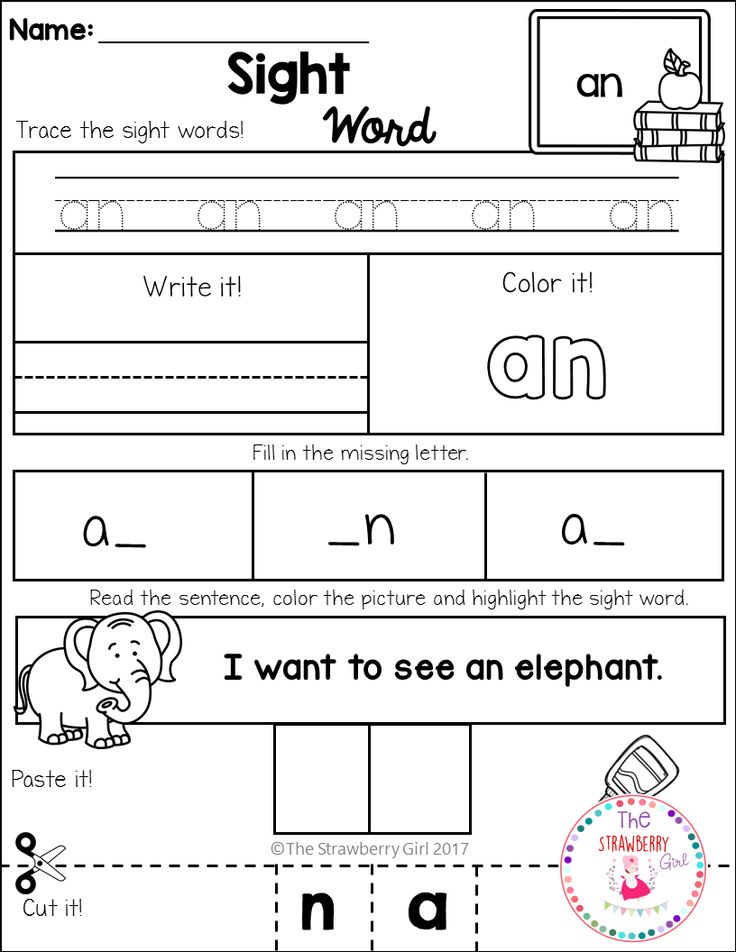
↑ Top
These instructions are for a game with 3-4 players. Sight Words Go Fish can also be played easily with just two players.
Video: How to Play Sight Words Go Fish
Deal 5 cards to each player (7 cards each if there are only 2 players), then place the remaining cards face down in the middle of the circle formed by the players. All the players look at their cards but do not reveal them to each other.
Player A takes the first turn. Player A selects one of her cards and reads the word on it out loud, moving her index finger from left to right underneath the letters as she reads. (An adult should demonstrate this reading technique at the start of the game to teach or remind children how best to read the word.)
Player A then selects another player and asks him, “Player C, do you have any cards with the word BEFORE?” If Player C has a card with that word, he must say “Yes, I have a card with the word BEFORE,” and hand it to Player A, who then gets another turn.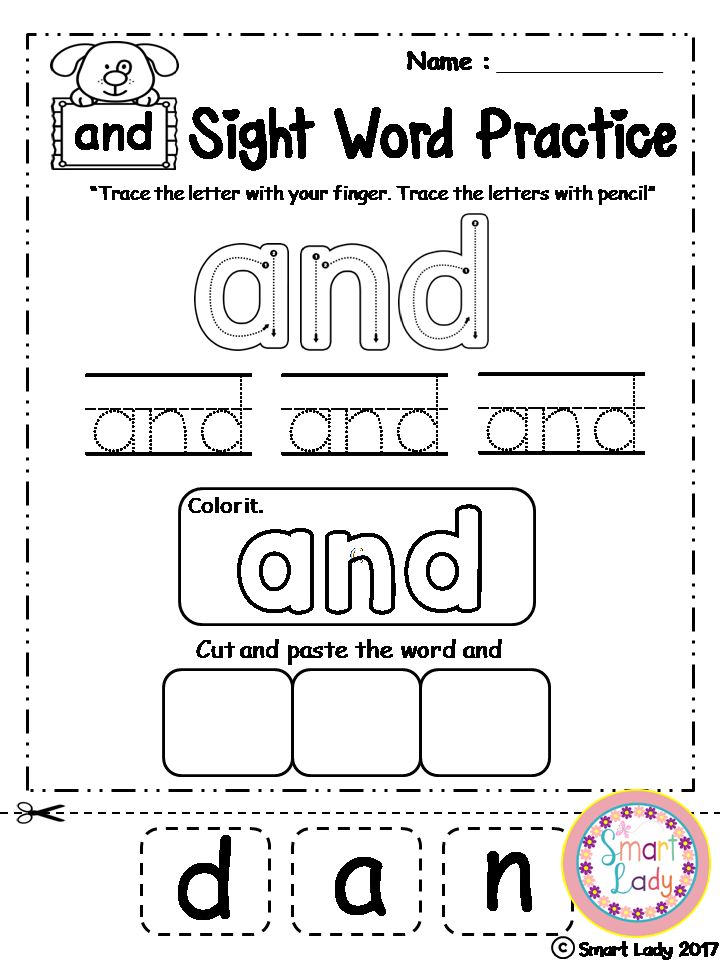 If any player struggles with reading or pronouncing a word, take a moment to go through the sight words correction to reinforce the correct pronunciation.
If any player struggles with reading or pronouncing a word, take a moment to go through the sight words correction to reinforce the correct pronunciation.
If Player C does not have any of the requested card, he shouts, “Go Fish!” Player A must then draw a card from the stack. If the drawn card has the word she was looking for, she shows the card and gets to take another turn. Otherwise, her turn ends, and the child who said “Go Fish” gets the next turn.
If a player collects both cards of a particular word pair, he puts them in a face-up stack in front of him. The game continues until someone has no cards left or the face-down stack runs out. The winner is the player with the most pairs of matching cards.
↑ Top
To make the game a little easier, especially for a younger child, simply use fewer pairs of cards.
↑ Top
Observe the game, whether it’s watching your own child in your 2-player game or observing a group of students in a 4-player game.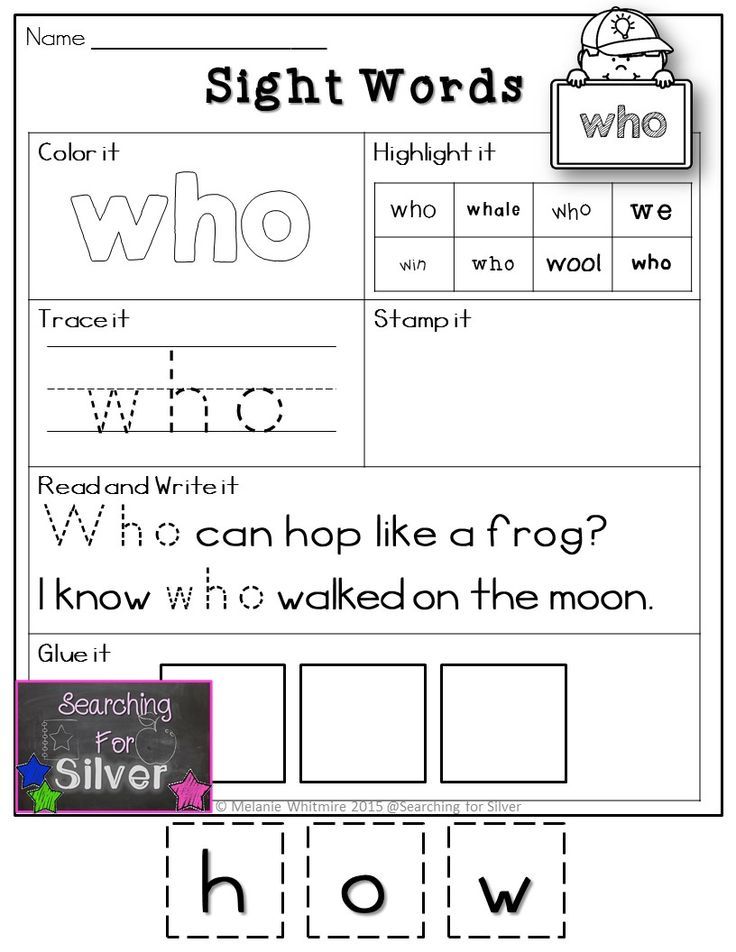 Make note of which words the children have mastered, and which ones are still a bit of a struggle. Be on the lookout for individual children who are struggling with several of the words.
Make note of which words the children have mastered, and which ones are still a bit of a struggle. Be on the lookout for individual children who are struggling with several of the words.
A child is considered to have mastered the sight words in this activity when she can consistently recognize and read all the word cards in her hand, with confidence and without any noticeable hesitation.
↑ Top
Create your own custom Go Fish Cards or use some of our pre-made templates below.
6.1 Blank Go Fish Card Templates
- Blank Go Fish Card Templates (Write in your own words)
6.2 Dolch Sight Words Go Fish Cards
- Pre-K Dolch Words (40 words)
- Kindergarten Dolch Words (52 words)
- 1st Grade Dolch Words (41 words)
- 2nd Grade Dolch Words (46 words)
- 3rd Grade Dolch Words(41 words)
- Noun Dolch Words (95 words)
6.
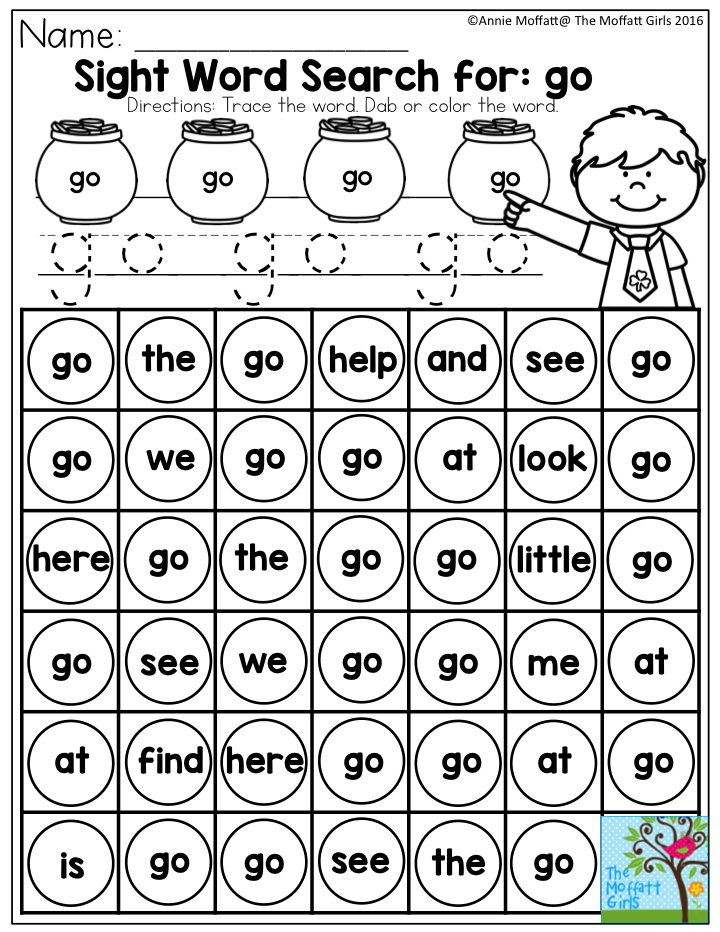 3 Fry Sight Words Go Fish Cards
3 Fry Sight Words Go Fish Cards- 1st 100 Fry Words (100 words)
- 2nd 100 Fry Words (100 words)
- 3rd 100 Fry Words (100 words)
- 4th 100 Fry Words (100 words)
- 5th 100 Fry Words (100 words)
- 6th 100 Fry Words (100 words)
- 7th 100 Fry Words (100 words)
- 8th 100 Fry Words (100 words)
- 9th 100 Fry Words (100 words)
- 10th 100 Fry Words (100 words)
6.4 Top 150 Written Words Go Fish Cards
- 1st 50 Words (50 words)
- 2nd 50 Words (50 words)
- 3rd 50 Words (50 words)
To download a template, right-click and select Save As.
These materials are provided under the Creative Commons Attribution 3.0 Unported License. Essentially, this means you can do whatever you want with the resources, provided you leave the attribution hallmark on the resources. You may use these materials in the classroom, at home, as part of a for-profit tutoring business, or for any other purpose.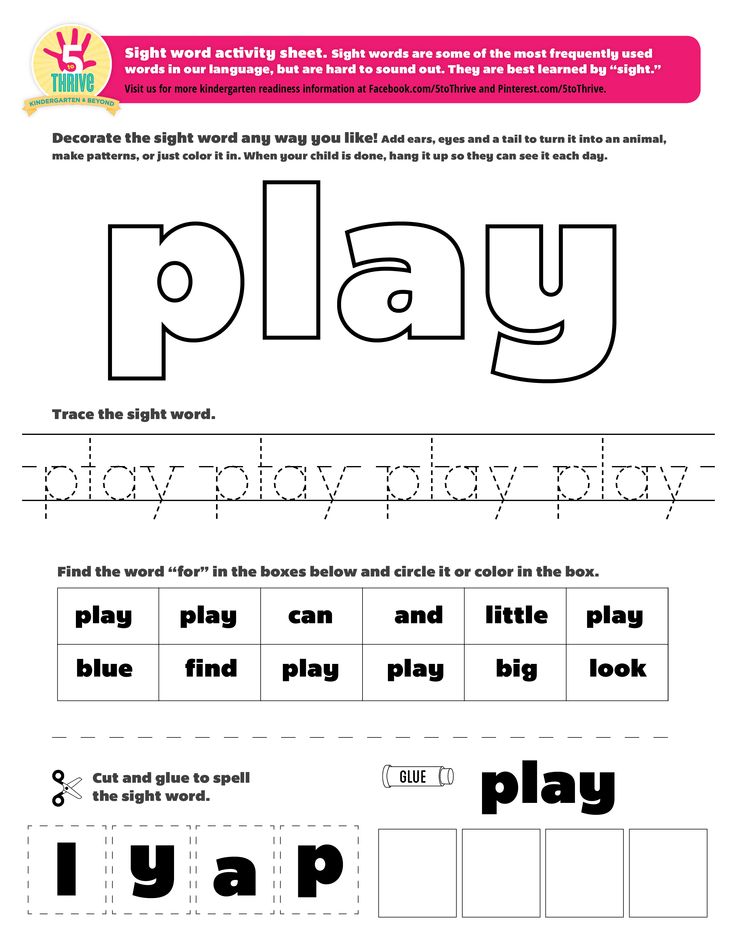 (Except starting forest fires. That’s bad.) You do not need to contact us for permission to use the materials. We want you to use them!
(Except starting forest fires. That’s bad.) You do not need to contact us for permission to use the materials. We want you to use them!
↑ Top
Leave a Reply
13 games to train your memory
To enjoy learning, doing what you love, and just getting to know the world, you need to have a number of important abilities, including the ability to concentrate and remember a variety of information. It is possible and necessary to develop a child's memory even in the earliest periods of his life. Lada Lazareva, head of the Nash Lad Opportunity Center, shares her favorite memory training games.
Lada Lazareva, Head of the Opportunity Center "Nash Lad"
Baby's memory is a whole complex of cognitive abilities, the basis of which is the child's experience. The more varied this experience, the deeper the impressions, the better memory develops. To train it, it is worth using a variety of senses (hearing, sight, smell, touch), as well as the emotional sphere and associative thinking.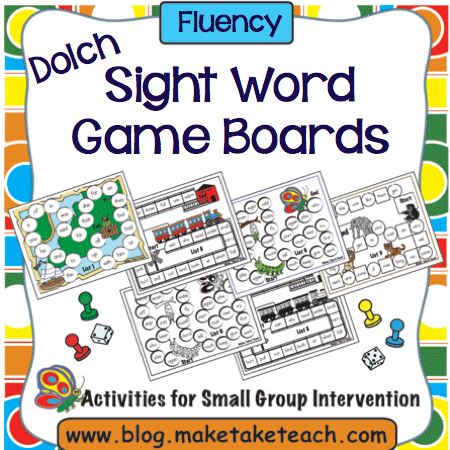 Therefore, the task of an adult is to provide this variety of information and impressions about the subject that interests the child, to give him food for the mind and soul. Let the child touch the object, taste it, draw, play with it. And the games and techniques that I will tell you about will help you.
Therefore, the task of an adult is to provide this variety of information and impressions about the subject that interests the child, to give him food for the mind and soul. Let the child touch the object, taste it, draw, play with it. And the games and techniques that I will tell you about will help you.
For example, when we introduce children to flowers, we don't just tell them about the rainbow and draw it. For several classes, we go on a colorful journey. We sing rainbow songs, where each line is an association with a specific color. We listen to how the rainbow sounds (special rainbow bells-notes are here to help the teacher). We show a rainbow fairy tale (tabletop puppet shows). We build a rainbow from objects that are different to the touch and even taste the rainbow (we prepare salads from fruits of all colors).
Early age
You can train the memory of babies from the first months. For this, voicing of actions during gymnastics, massage and everyday life is suitable.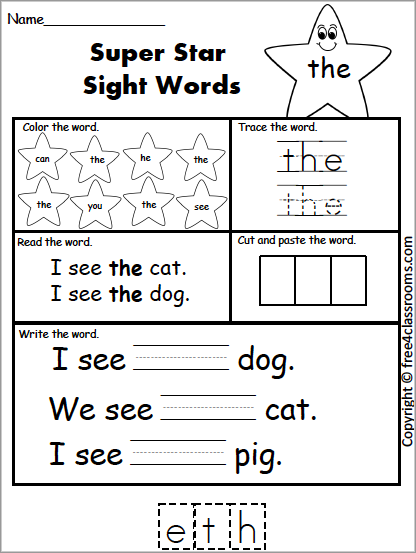 If an adult, interacting with a child, sings a song or says a nursery rhyme, then soon the baby will meet a familiar action with a smile. And then it will begin to independently perform the movement associated with the word (auditory and motor memory). For example, a mother, making alternating bending of the legs of a baby lying on her back, can say: "little legs ran along the path ...". And one day the baby will begin to twitch its legs on hearing familiar words.
If an adult, interacting with a child, sings a song or says a nursery rhyme, then soon the baby will meet a familiar action with a smile. And then it will begin to independently perform the movement associated with the word (auditory and motor memory). For example, a mother, making alternating bending of the legs of a baby lying on her back, can say: "little legs ran along the path ...". And one day the baby will begin to twitch its legs on hearing familiar words.
The same thing happens in finger-gesture games. For example, there is game with these words: “Here is a fist, but here is a palm, a cat sat on the palm ...”. At the age of 3-4 months, we ourselves open the fist to the baby. And after 6-8 months, at the words “here is a palm”, he himself will begin to do this, so that an imaginary cat (fingers of an adult) sits on his handle. The association of a certain movement with this word will be fixed in his memory. Mom continues: “And she went, she went, she went,” moving up the baby’s arm and then tickling his armpit.
And again, after a while, even before the tickling starts, the baby starts laughing. The child still cannot tell you anything, but his movements show that memory is developing.
At the same time, children can be shown a simple exercise that many parents intuitively use: "Where's Mom?" . Mom throws a scarf over her head, covering her face, and then opens it. This image of mother is fixed in the child’s memory, he recognizes it as soon as the scarf disappears. The kid smiles at a familiar face.
When the child is older (8-9 months) you can use your favorite toys in this game. With him, you put a rattle or a bear under the handkerchief, and he pulls it off to find a toy. It develops short-term visual memory.
It is very important for the development of memory to sing a large number of songs to a child, recite poems from an early age. When the child begins to speak, you need to slow down before saying the next word: "Sat on the palm of your hand .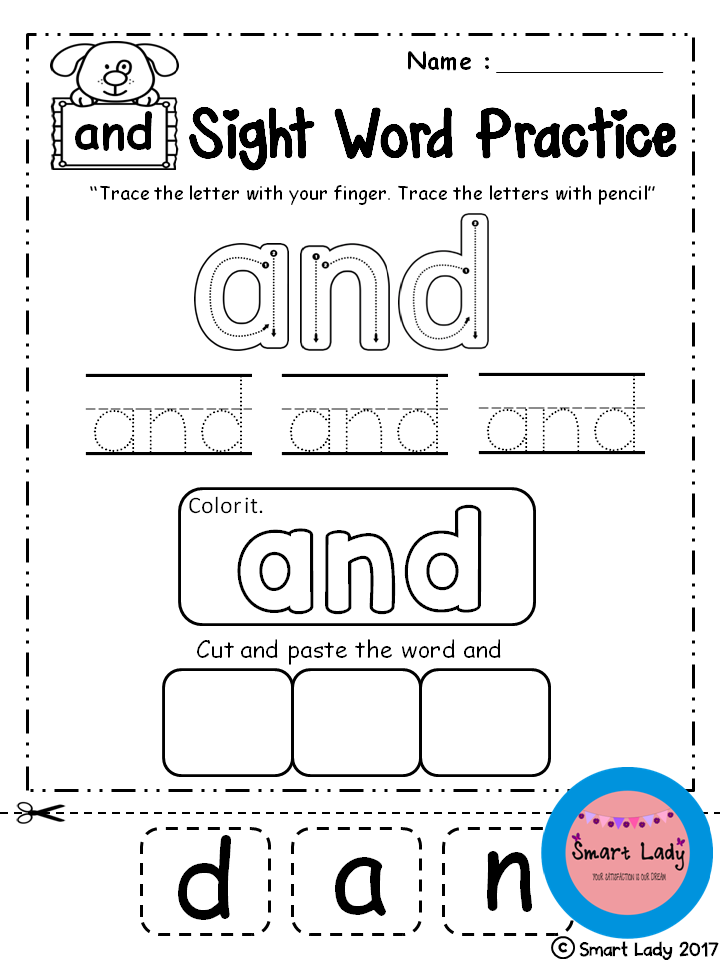 .." - and the child picks up: "Cat!". My observations and the experience of parents confirm that children who have been sung songs and nursery rhymes from early childhood already have an excellent memory by the age of 4.
.." - and the child picks up: "Cat!". My observations and the experience of parents confirm that children who have been sung songs and nursery rhymes from early childhood already have an excellent memory by the age of 4.
Children 2-4 years old
Two-year-old children can play the game "What's missing?" . Place a few familiar objects on the table in front of the baby: a cup, a spoon, some kind of toy. When the child turns away, remove one: let the baby remember what exactly disappeared.
An analogue of this game is "Box" . Put several empty boxes in a row, put a toy in one of them with the baby, cover all the boxes with a lid. And invite the child to show where the toy is.
Tactile memory is well developed by the game "Wonderful Pouch" . One of its options: you show the child objects - a button, a spoon, a ball, a small toy, naming them. Put one of these items in a bag and invite the baby to feel it and guess what is there.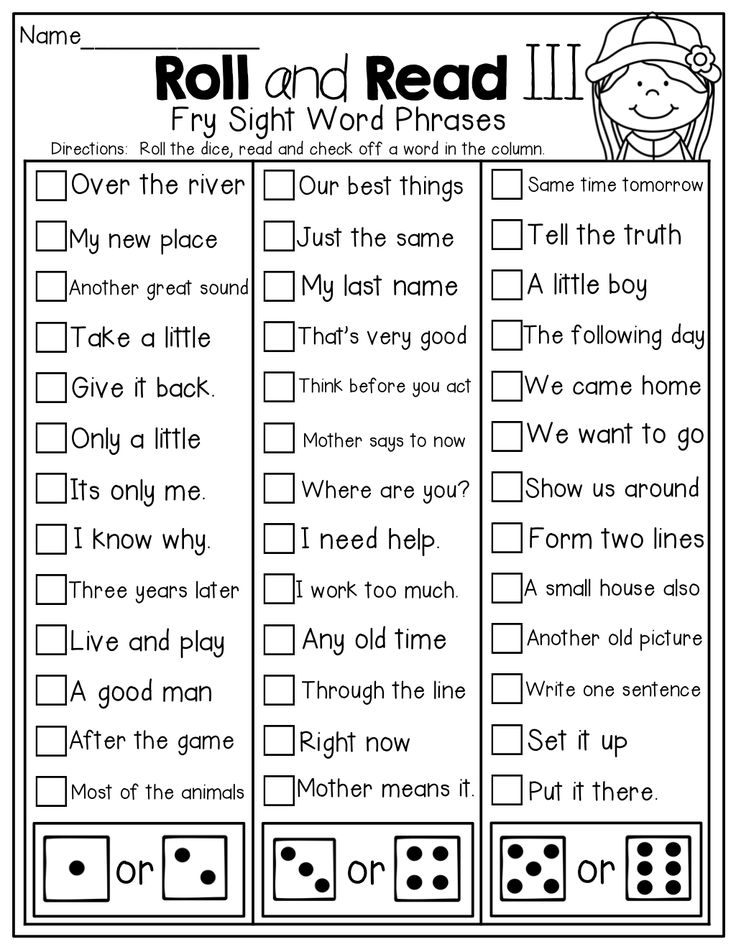 So the child learns to memorize and recognize objects by touch by their shape. Later, you can put several items in the bag. Or pairs of identical items and ask to find the same one.
So the child learns to memorize and recognize objects by touch by their shape. Later, you can put several items in the bag. Or pairs of identical items and ask to find the same one.
To develop auditory memory, you can identify simple instruments by sound (bell, tambourine, maracas, metallophone, drum, spoons). An adult behind a screen or behind his back uses one of them, and the child guesses which instrument it is.
"Shop" . If you play shopping with your baby, you can train your memory in the following way. You say: “We are making soup. For him, we need to buy cabbage, carrots, onions, etc. in the store.” The kid goes to the basket where these toy vegetables lie and brings what you have named. For older kids, you can make this game more difficult by removing visual reinforcement. You name a shopping list (cabbage, potatoes, carrots, parsley, peas). And the child’s task is to “buy products according to the list”, listing the components of the list.
Children 4-6 years old
Tower is an exercise for slightly older children.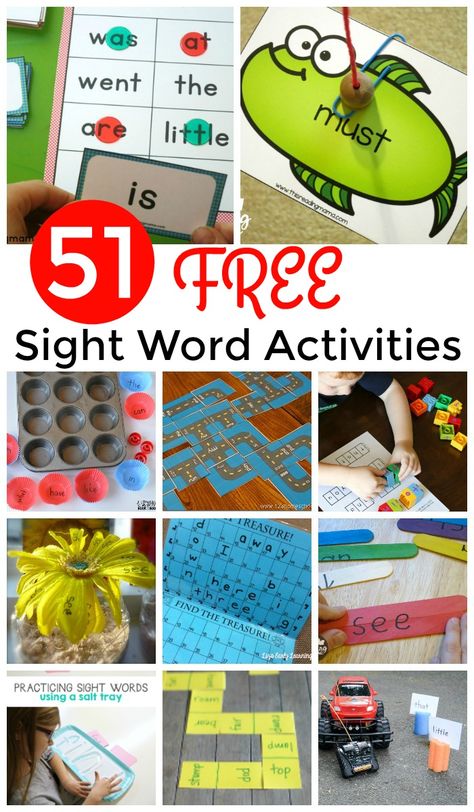 Take matchboxes, glue them in the form of a turret and put a button in one of its "floors". The child must remember where it lies. You can complicate this exercise and use it to train long-term memory. Tell the child: “Remember where I put the button”, put the turret aside, return to it in half an hour and invite the child to remember where the button is.
Take matchboxes, glue them in the form of a turret and put a button in one of its "floors". The child must remember where it lies. You can complicate this exercise and use it to train long-term memory. Tell the child: “Remember where I put the button”, put the turret aside, return to it in half an hour and invite the child to remember where the button is.
The game is also good for developing visual memory "Memory" when there are several pairs of the same picture face down. You need to turn them over, remember where everything is, and make pairs.
Game "Wonderful Words" is aimed at training auditory memory. You need to form pairs of related words: winter - summer, pancake - sour cream, cat - mouse, and so on. Come up with 10 pairs, name them, then voice the first one again, and let the child name the rest from memory.
Photographic memory at this age can be trained in Aivazovsky's method . It consists in the fact that you show the child some simple picture, ask him to carefully study it: "Look, here is a doll, and here is a red ball.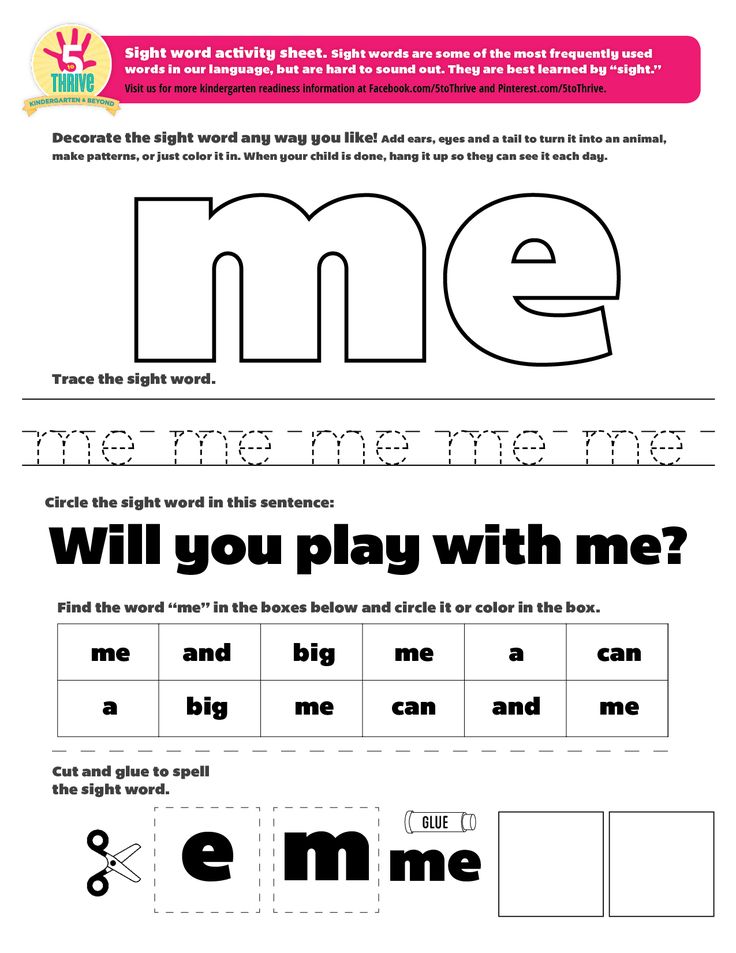 " Then the child closes his eyes or turns away and tries to reproduce the picture as accurately as possible, naming what is shown on it.
" Then the child closes his eyes or turns away and tries to reproduce the picture as accurately as possible, naming what is shown on it.
Children 6-8 years old
Grandma's Suitcase . This game is similar to "Snowball" when the second player repeats what the first said and adds his own, and the third repeats everything that the second said. You say: "Grandma puts a panama in her suitcase." The child repeats this, adding "and sunglasses" at the end. You: “Grandma packs a panama hat, sunglasses, an umbrella in a suitcase.” The child needs to repeat this and add another item to the suitcase. Some children, when practicing on this game, can list up to 15-20 items.
"Who knows more." Invite the child, in a limited amount of time, to name five objects with certain qualities: five round, red, edible. Both memory and the ability to structure knowledge work here.
"Draw a figure" . Draw a geometric figure on a piece of paper or find a picture with it and show it to the child, then remove it.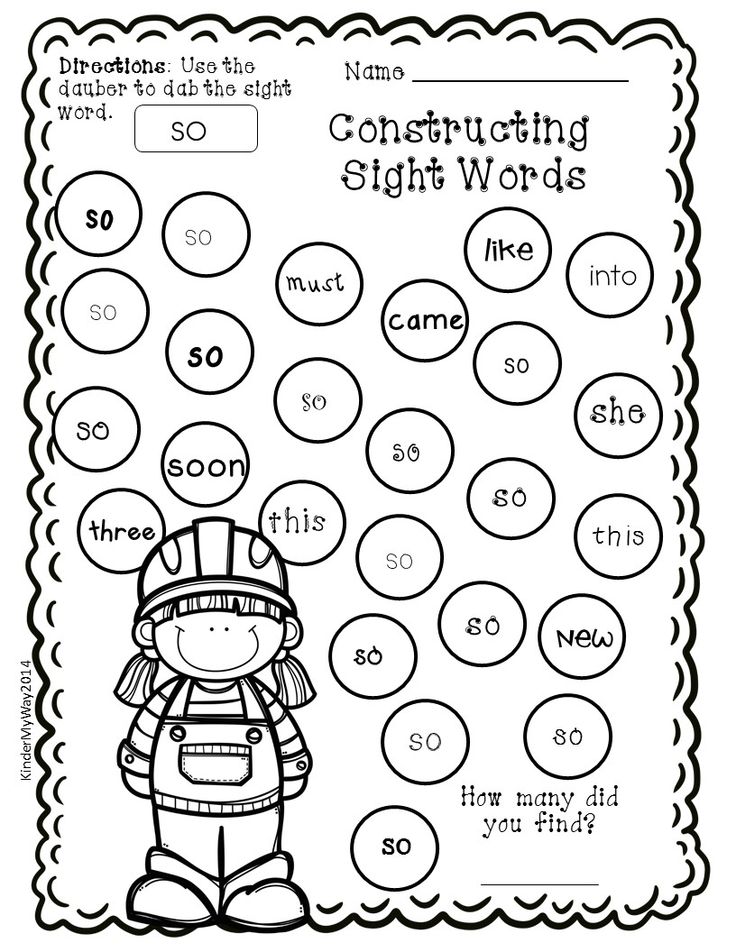 His task is to draw it from memory. Over time, complicate the game: show him several figures, different in shape, size, color. In this game, you can do without pencils or felt-tip pens: fold a simple figure out of matches. Let the child look at it, then cover it with a sheet of paper and ask them to create the same.
His task is to draw it from memory. Over time, complicate the game: show him several figures, different in shape, size, color. In this game, you can do without pencils or felt-tip pens: fold a simple figure out of matches. Let the child look at it, then cover it with a sheet of paper and ask them to create the same.
Cicero's Chain . Say, "Imagine an empty room and place in it the things you want to remember." For example, now you are studying vegetables. And then the child "lays out" these vegetables in the corners of the room, and then throughout the space. For example, a pear can be hung). To use this knowledge later, you need to remember what lies where.
You can train your auditory memory with the help of Montessori bells, different in tone. You play a simple short melody with these bells, and the child, remembering and picking it up, reproduces it.
What else develops memory
Reading books, memorizing poems, riddles are excellent and affordable ways to train memory.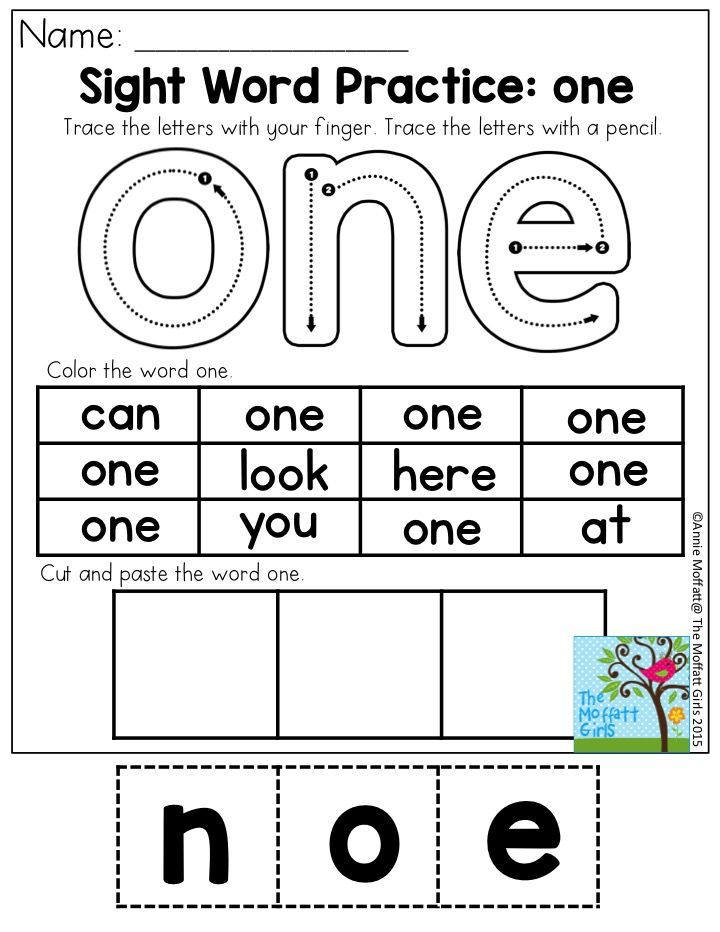 Teach your baby to be attentive to what surrounds him and pay attention to everyday little things. Ask him what happened today in kindergarten or school, what he learned new. Can he tell in what sequence he dresses in the morning? What did you eat for lunch today? What did he learn from the audiobook you just listened to together?
Teach your baby to be attentive to what surrounds him and pay attention to everyday little things. Ask him what happened today in kindergarten or school, what he learned new. Can he tell in what sequence he dresses in the morning? What did you eat for lunch today? What did he learn from the audiobook you just listened to together?
Teach him to concentrate. Freeze for a minute: what do you hear? What did the child hear? The sound of a passing car, raindrops outside the window, the barking of a neighbor's dog?
Pay attention to diet and diet: they greatly affect memory. If a child is overworked, sleep deprived, if he has a deficiency of important vitamins and trace elements, he will have difficulty remembering. Remember that the brighter the baby's impressions of the world, the greater his desire to keep this wealth in his memory. And the deeper the people around show interest in the world of the child, the more important for him is the ability to use the most secret corners of memory.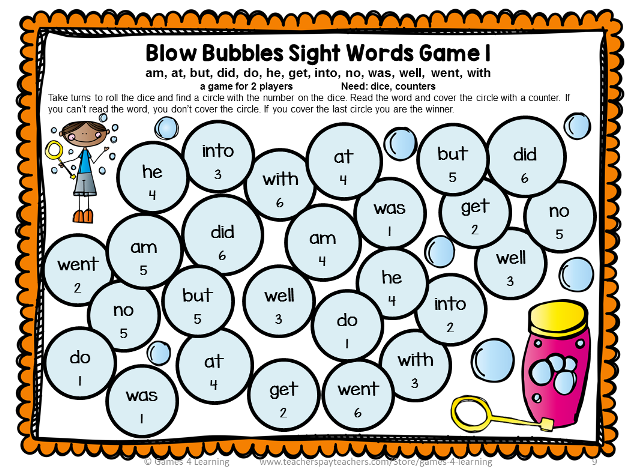
See also:
Finger gymnastics: 9 simple and useful games for toddlers
Sand painting is useful for any child, and here's why
3 important principles for developing the creativity of preschoolers
Photo: spass/Oksana Kuzmina/Africa Studio/Olena Chukhil/Shutterstock.com
kids gamesdevelopmentuseful tips
😃 Peripheral vision - development and training on special simulators
In this article we will tell you what is peripheral vision , how to develop it, where it is especially useful and what developmental exercises are there for this.
How to correctly guide the eyes through the text?
Often, when developing speed reading, people ask themselves the question "How to guide the eyes through the text correctly?", and the most correct answer would be:
The less the eyes make movements, the better!
Each movement of the eyes through the text takes precious fractions of a second or even a whole second from us in just one movement.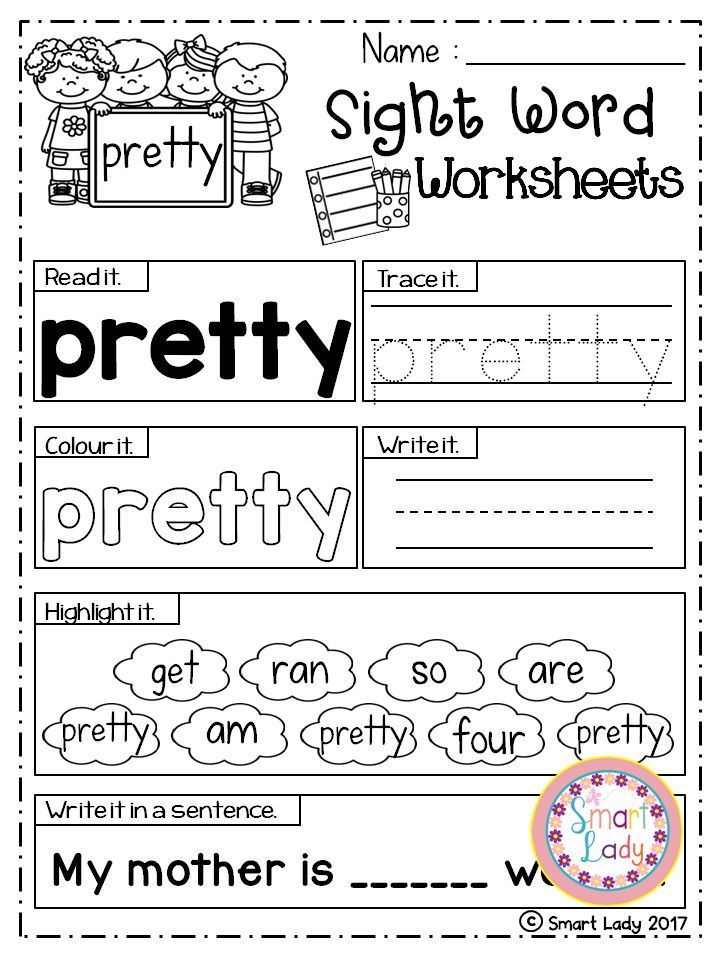 Moreover, the eyes get very tired when they make a huge amount of movement when reading at high speeds (above 1000 words per minute).
Moreover, the eyes get very tired when they make a huge amount of movement when reading at high speeds (above 1000 words per minute).
Online training
Schulte tables are specifically designed for this. The main thing is to look in the center of the table and look for the next number. At first it can be very difficult, therefore, different modes are provided: simple, easy - with the selection of the found numbers and training - the simulator itself highlights the necessary numbers.
Try it now:
We have also developed another useful side vision trainer . When you press the "Random Phrase" button, the simulator displays a random sentence for 1-2 seconds. Try to cover the whole line with your eyes:
Video training from the course: How to pass the Schulte Tables correctly
Subscribe and new useful exercises will always be at hand: VkontakteOkTelegram
Training on texts
Also try to use side vision in normal reading.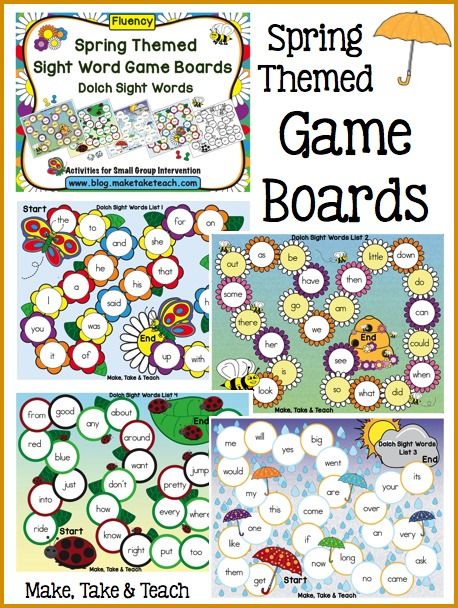 At first, you can look at, for example, 2 or 3 words, but then there will be more of them. And after a while you will be able to read whole lines, especially if they are small.
At first, you can look at, for example, 2 or 3 words, but then there will be more of them. And after a while you will be able to read whole lines, especially if they are small.
Also, some people have learned to read 2 or more lines at once, or even whole paragraphs and pages. I was able to read in paragraphs and at one time even in small pages, but my eyes still moved down the page from top to bottom.
Now, as an example, read this text line by line, looking strictly at the center of each line:
Only two
words in line
are easy to read
and very quickly.
An interesting exercise.
And the main thing is simple.
The text above is easy to read, the eyes do not move along the line, now let's take a more complicated example (also read, looking strictly at the center of the line):
This text is more difficult,
and also easy to read,
the lines have become longer.
The longer the line,
the harder it is to read
looking at the center of the line.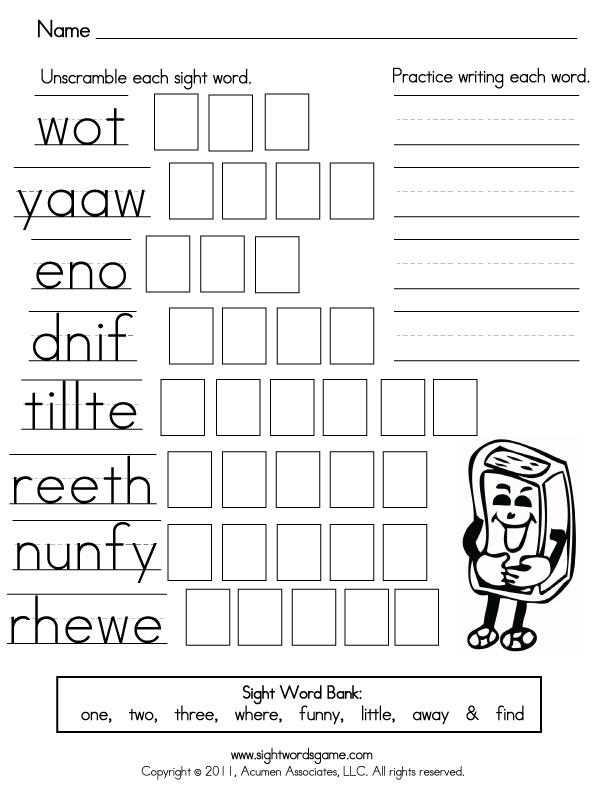
However, you are already practicing
and making the first progress!
Still easy to read, but can be tricky. With a little practice it becomes easy.
Now try to read the same text, but a little wider (also read looking straight to the center of the line):
This text is more difficult,
and also easy to read,
though the lines are longer.
The longer the line, the more difficult it is
to read looking strictly at the center of the line.
However, you are already practicing
and making the first progress!
Yes, you already know this text and therefore it is easier for you to practice reading it, which is very good! Because this way it is easier for you to train peripheral vision, try to read already known and completely new texts in this way, alternate them, experiment!
Now read another text, about the same long line:
This text is even more difficult than the previous one, but you have already trained
a little, which helps you
read this text with ease.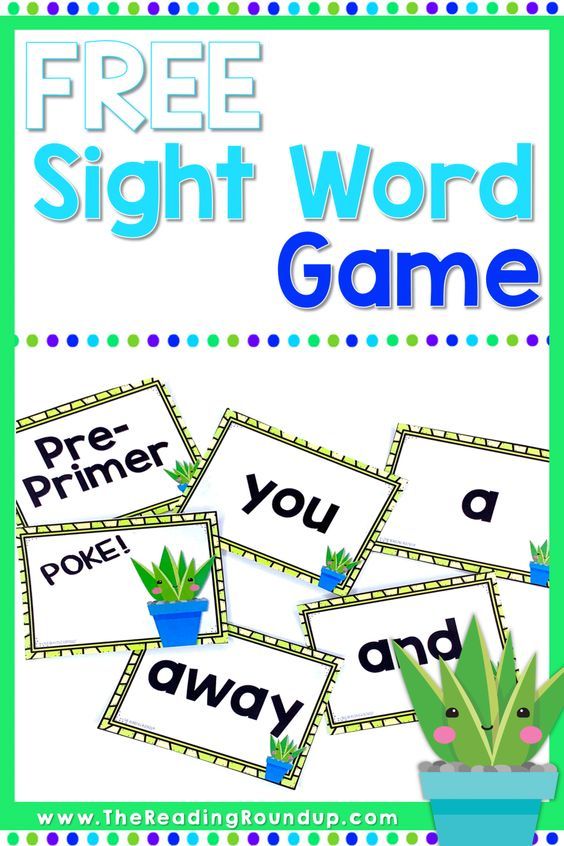
That's exactly how you need to train,
gradually, step by step increasing the line width
!
Your skill just got better!
Most likely, even from such a small training you have already started the process, and it became easier to read such texts line by line!
Try to read the same text, only this time the line will be even longer (look strictly at the center of the line):
This text is even more difficult than the previous one,
but you are already a little trained, that
helps you read this text with ease.
That's exactly how you need to train, gradually,
step by step increasing the width of the line!
You are beautiful and your skill has become even better!
Thus, by increasing the width of the line, you can develop excellent peripheral vision !
To do this, it is very convenient to change the width of the browser window (if the site adapts to mobile small screens) or simply paste text into a regular notepad on a computer, put in it a font that is convenient for you, screen width and read.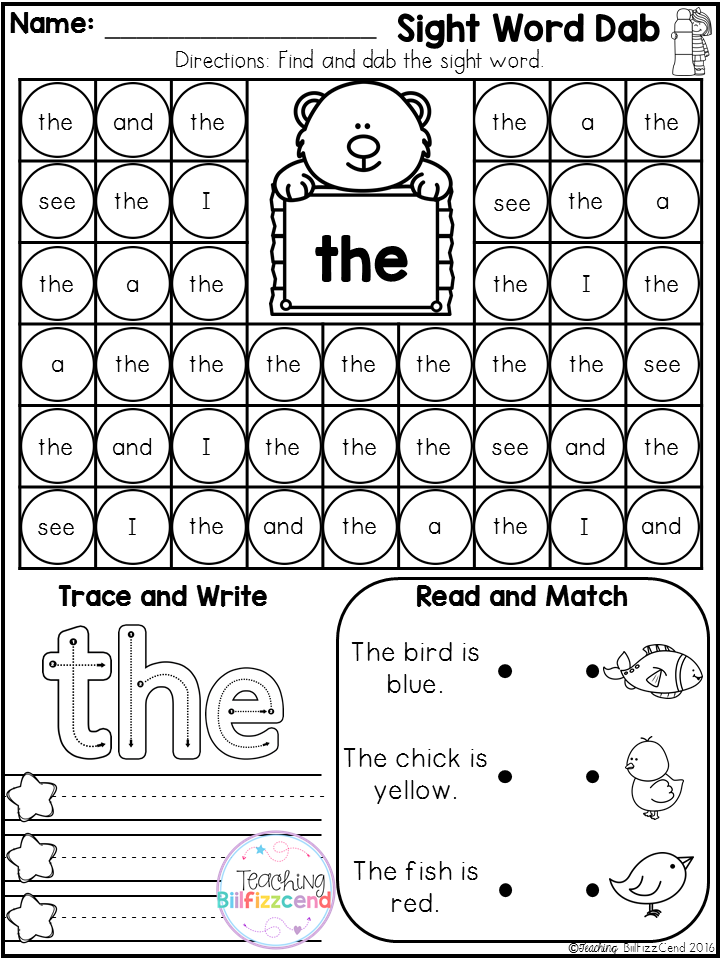
And now try to completely cover this square with your eyes, looking to the very center of it:
Speed reading development course
Our Speed Reading course in 30 days will help you develop and synchronize both hemispheres of the brain. With synchronized, joint work of both hemispheres, the brain starts to work many times faster, which opens up many more possibilities.
The course contains a large number of exercises to train the brain, because with a fast reading speed, you still need to have time to understand, remember and sometimes even think about information!
Sign up for the courseFree lesson
Online simulators for the development of peripheral vision
Especially for the development of peripheral vision , we have developed a special simulator that shows random phrases. Try to look at the entire line:
Search for numbers and numbers
Try also to practice searching for numbers and numbers.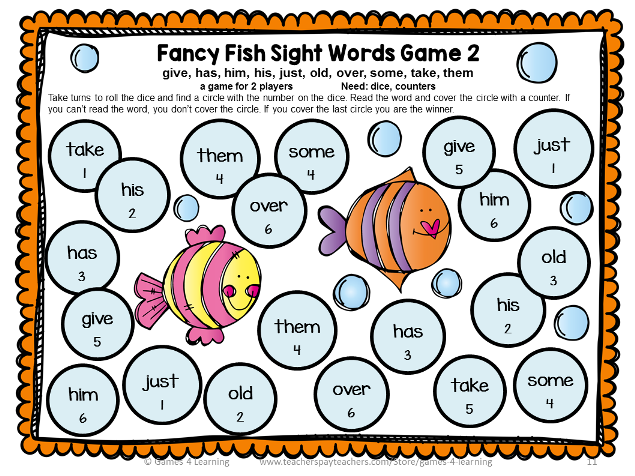 This exercise helps to develop side vision and speed reading. You can read more about this exercise in a separate article Finding Numbers and Numbers.
This exercise helps to develop side vision and speed reading. You can read more about this exercise in a separate article Finding Numbers and Numbers.
Finding letters
It is also useful to practice the same exercise in non-letters, especially if the eye is already accustomed to numbers. You can read more about this exercise in a separate article Finding Letters.
Schulte tables
Schulte tables are specifically designed for this. The main thing is to look in the center of the table and look for the next number. At first it can be very difficult, therefore, different modes are provided: simple, easy - with the selection of the found numbers and training - the simulator itself highlights the necessary numbers.
Try it now:
Gorbov-Schulte tables
Schulte-Gorbov tables are complicated Schulte tables, which are also called red-black Schulte tables. They are no less effective than regular Schulte tables, so it is very important to work more with Gorbov-Schulte tables.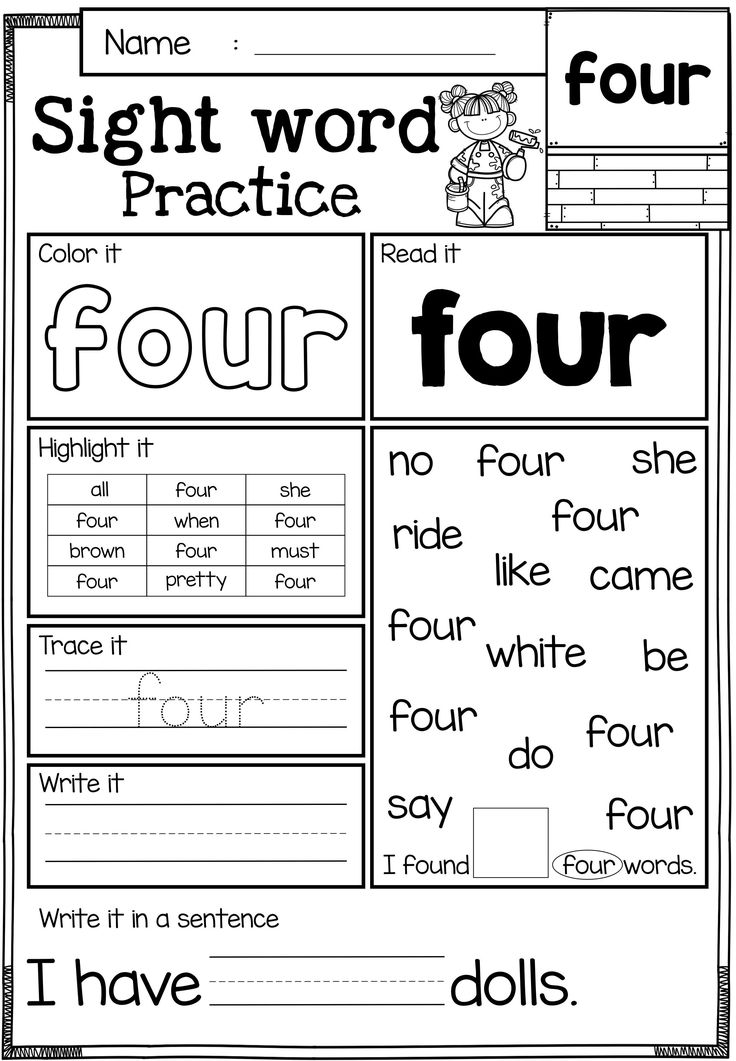 You need to find the minimum black number first, then the maximum red number, then again the minimum black number, then again the maximum red number, and so on. The simulator itself will tell you what to find:
You need to find the minimum black number first, then the maximum red number, then again the minimum black number, then again the maximum red number, and so on. The simulator itself will tell you what to find:
Games for the development of peripheral vision
Here are some interesting games that develop the brain as an example. In order for not only the brain to develop during the game, but also peripheral vision, we recommend looking strictly into the center of the playing field!
Game "Memory Matrix"
- Develops memory capacity
- Improves visual memory
- Improves spatial memory
Immediately after the start, a field with several filled-in cells will appear on the screen. In 3 seconds, you need to remember which cells are painted over, and click on them when the field is cleared. With almost every successful round, the field expands. The more cells you need to remember, the more efficiently memory develops and more points are earned.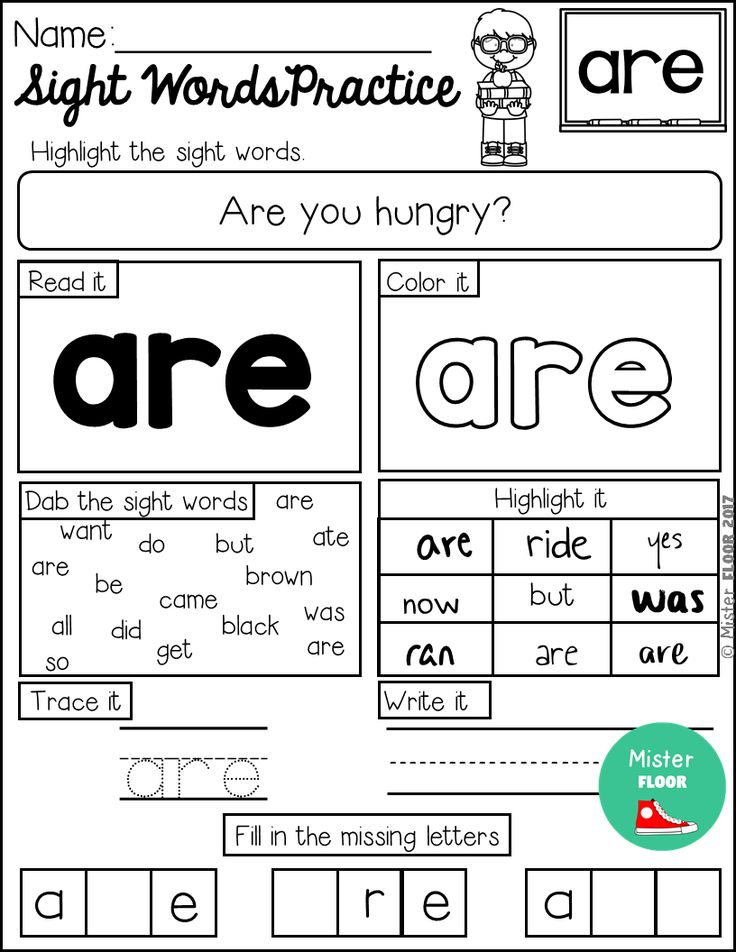 The first results will be after 10 minutes of the game.
The first results will be after 10 minutes of the game.
Play Now
Visual Geometry Game
Visual Geometry - an exercise that will help speed up your thoughts, increase memorability and memory. With each level the game becomes more difficult. Beautiful brain game . How many levels can you pass?
Play Now
Math Comparison Game
Introducing the wonderful Math Comparison game that will relax your body and tighten your mind. The screenshot shows an example of this game, in which there will be a question related to the picture, and you will have to answer. Time is limited. How many times can you answer?
Play now
Find a Pair Game
In this game you will need skills such as the ability to search for the right objects among others, speed of thought, reaction, comparison skill, search skill. And the game, in turn, will help develop these skills to a higher level. Excellent game for brain development , like all the other exercises from this site.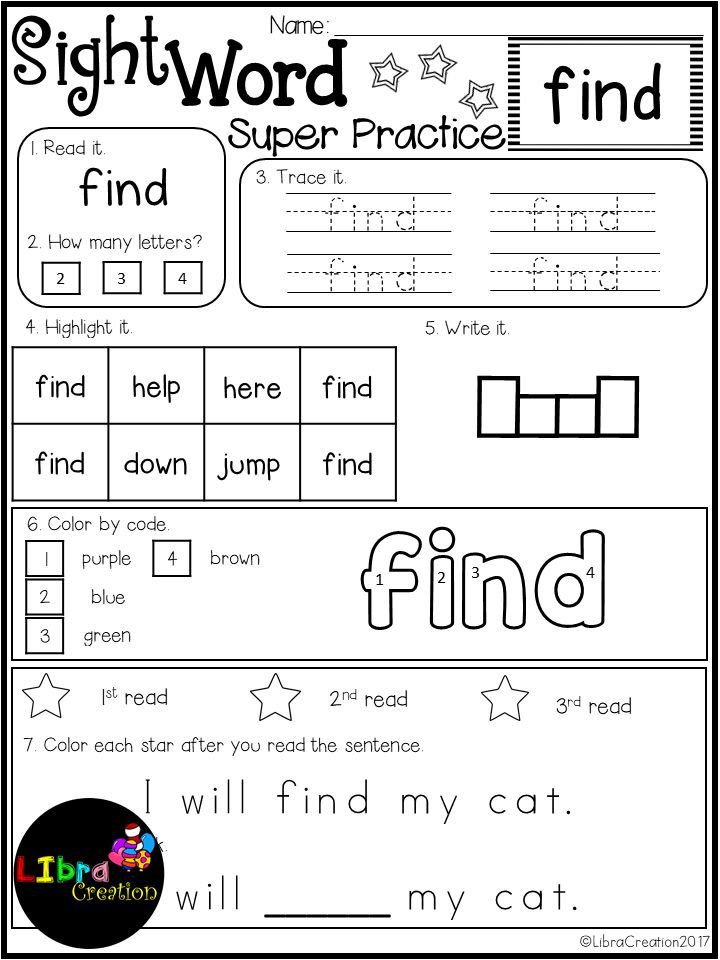 Register and grow with us!
Register and grow with us!
Play Now
Guess the Operation Game
This is one of the best brain training exercises because you need to insert the correct math symbols to get the correct result. The presented exercise will help you develop mental counting, logic and speed of thought. With almost every correct answer, the difficulty increases.
Play Now
Piggy Bank Game
I can't resist recommending you the Piggy Bank game from the same site where you need to register with only your E-mail and password. This game will give you great fitness for the brain and relaxation for the body. The essence of the game is to indicate 1 of 4 boxes in which the amount of coins is the largest. Will you be able to show an excellent result? We are waiting for you!
Play now
I see with peripheral vision
Men and women see with peripheral vision approximately the same. Peripheral vision can be and even useful to train.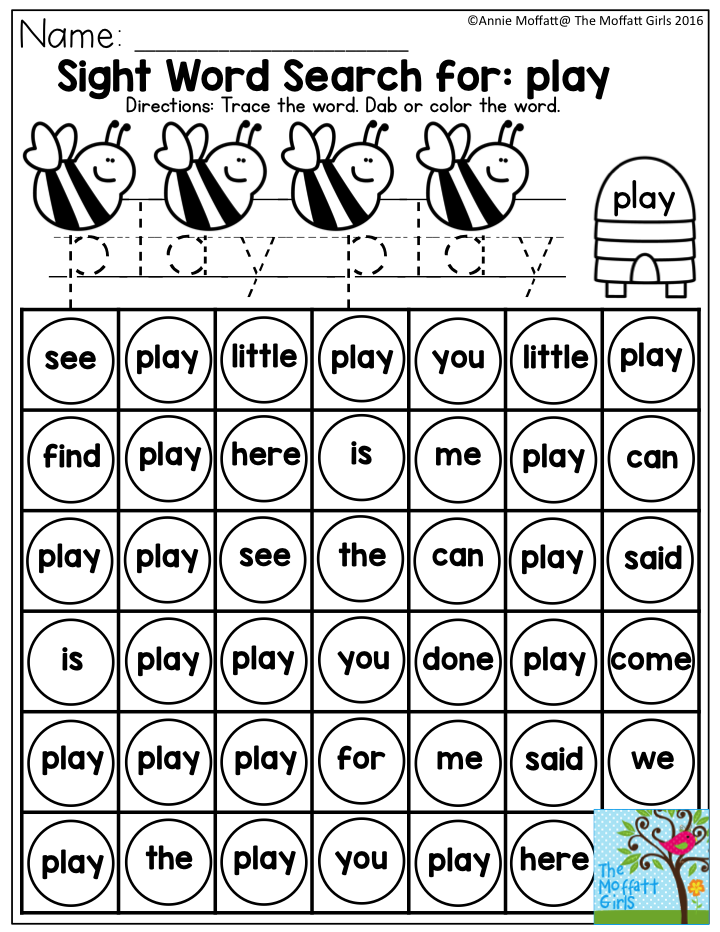 This is especially useful for drivers, pedestrians, many athletes, as well as for the development of speed reading.
This is especially useful for drivers, pedestrians, many athletes, as well as for the development of speed reading.
Lost peripheral vision
If you have lost peripheral vision, then there are two options - either you trained it before, and then abandoned it and it disappeared, or the reason is different and it is better to contact a qualified doctor for advice, because the loss of peripheral vision without cause cannot happen.
Poor peripheral vision
If peripheral vision is lost due to lack of training, then it does not matter, because you can restore them right now! A little lower on this page you will find useful online simulators for the development of side vision .
Movement with peripheral vision
If you just imagined something once or twice, then do not pay attention, this happens to everyone :) Often people see various movements or shadows with peripheral vision. There is nothing wrong with this, as a rule, such phenomena either indicate that something seemed to a person, which in principle happens not infrequently, or a person has a sensory sufficiently developed for this.